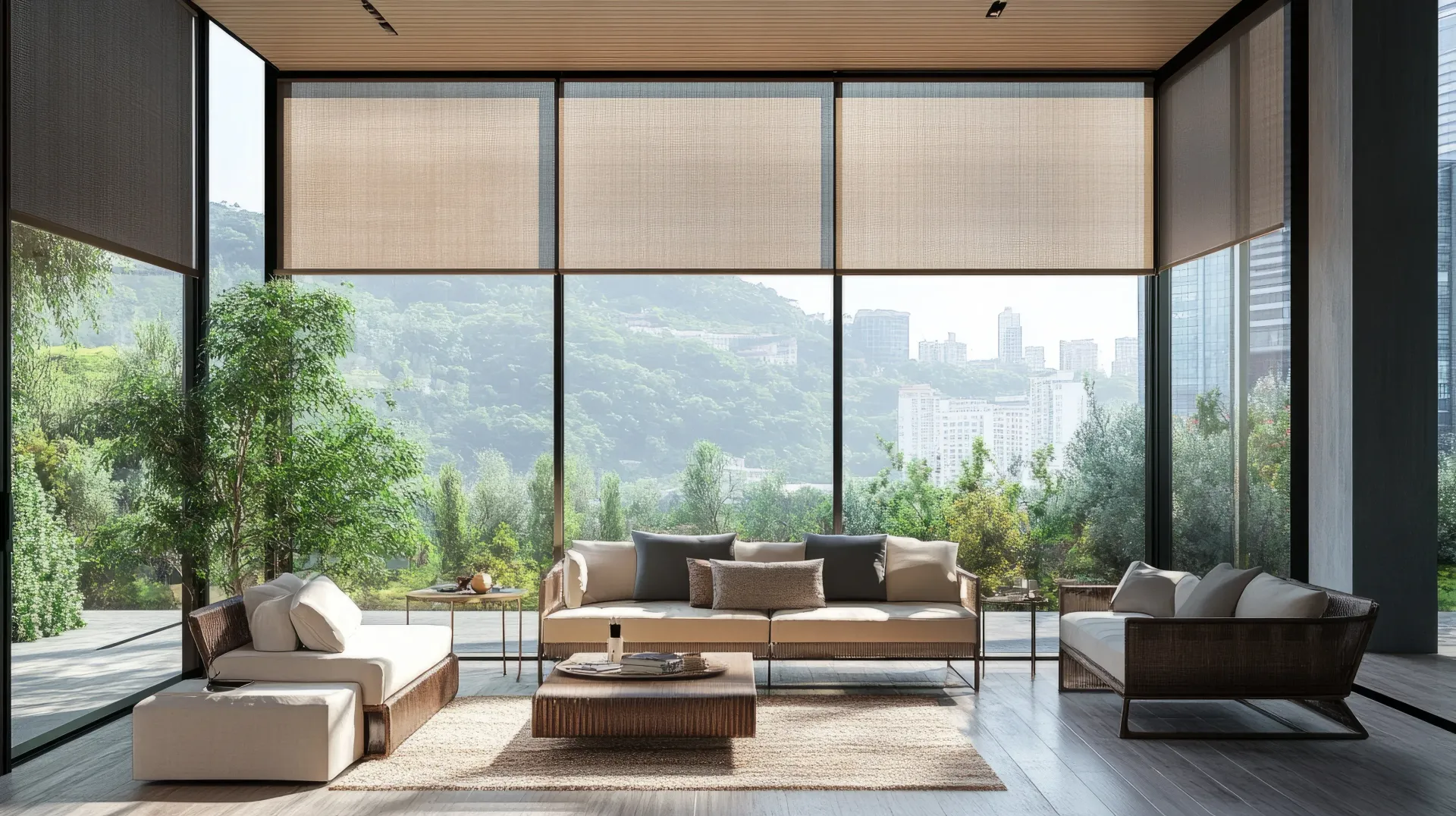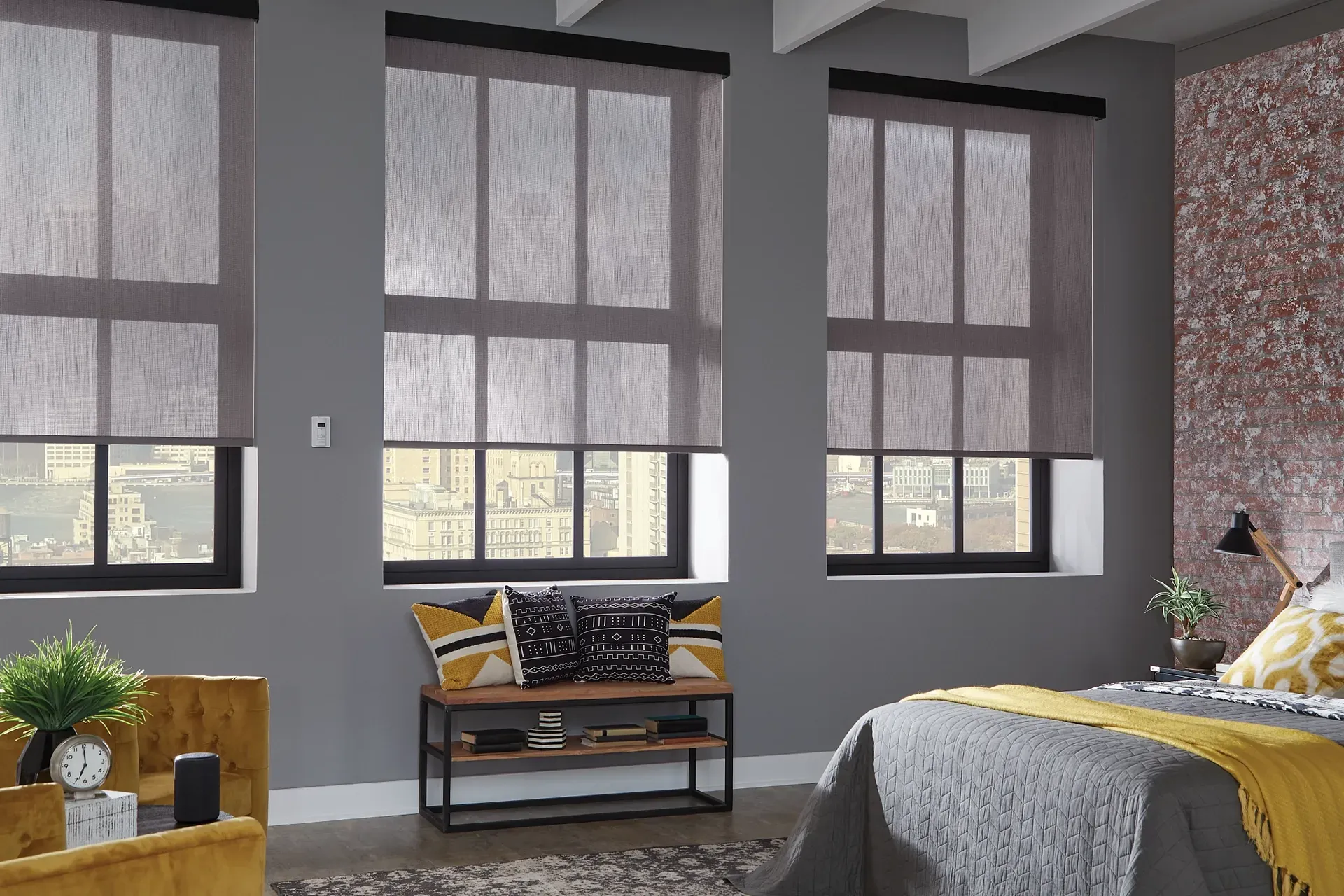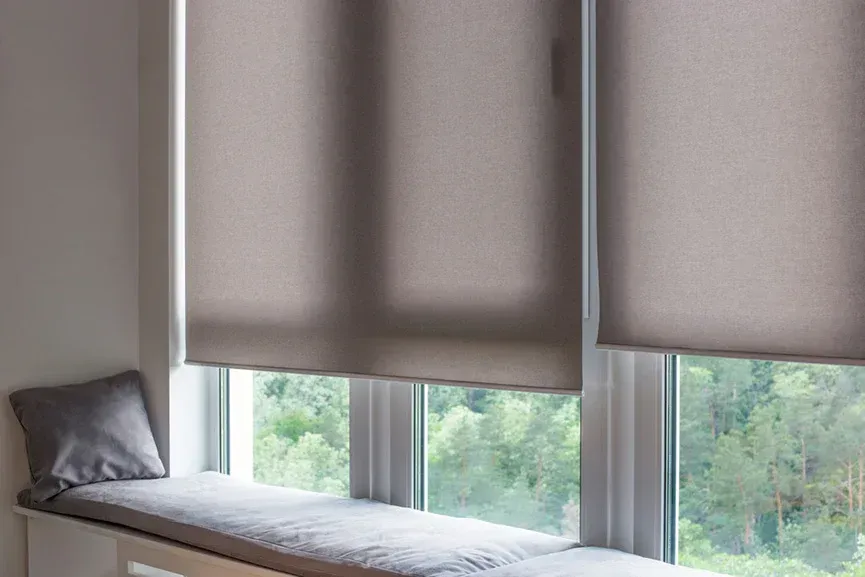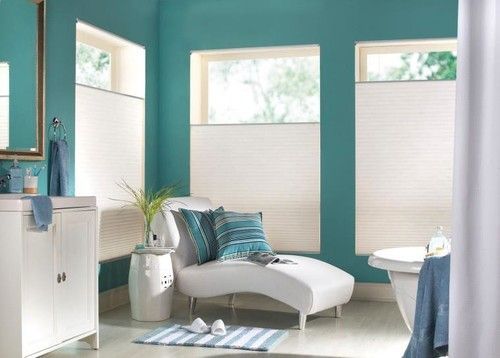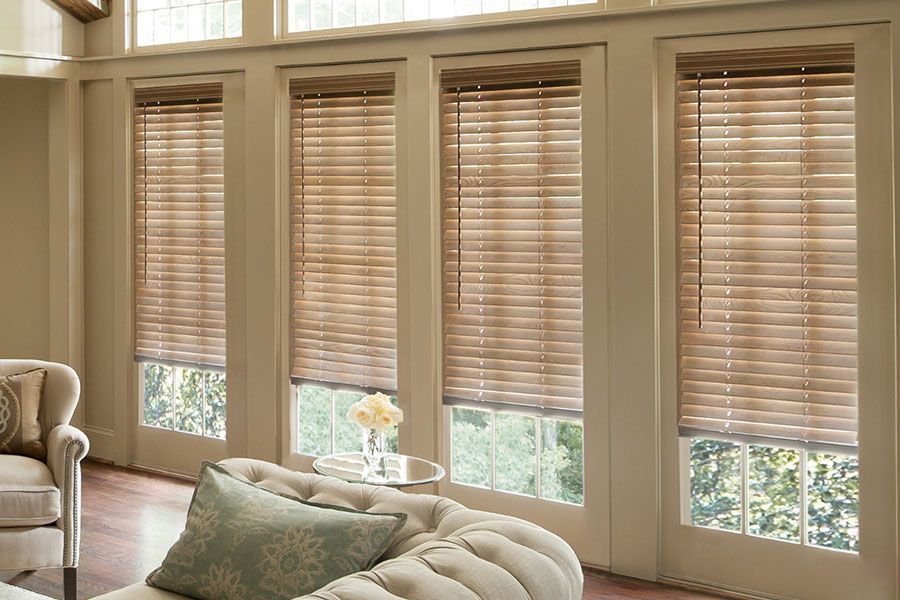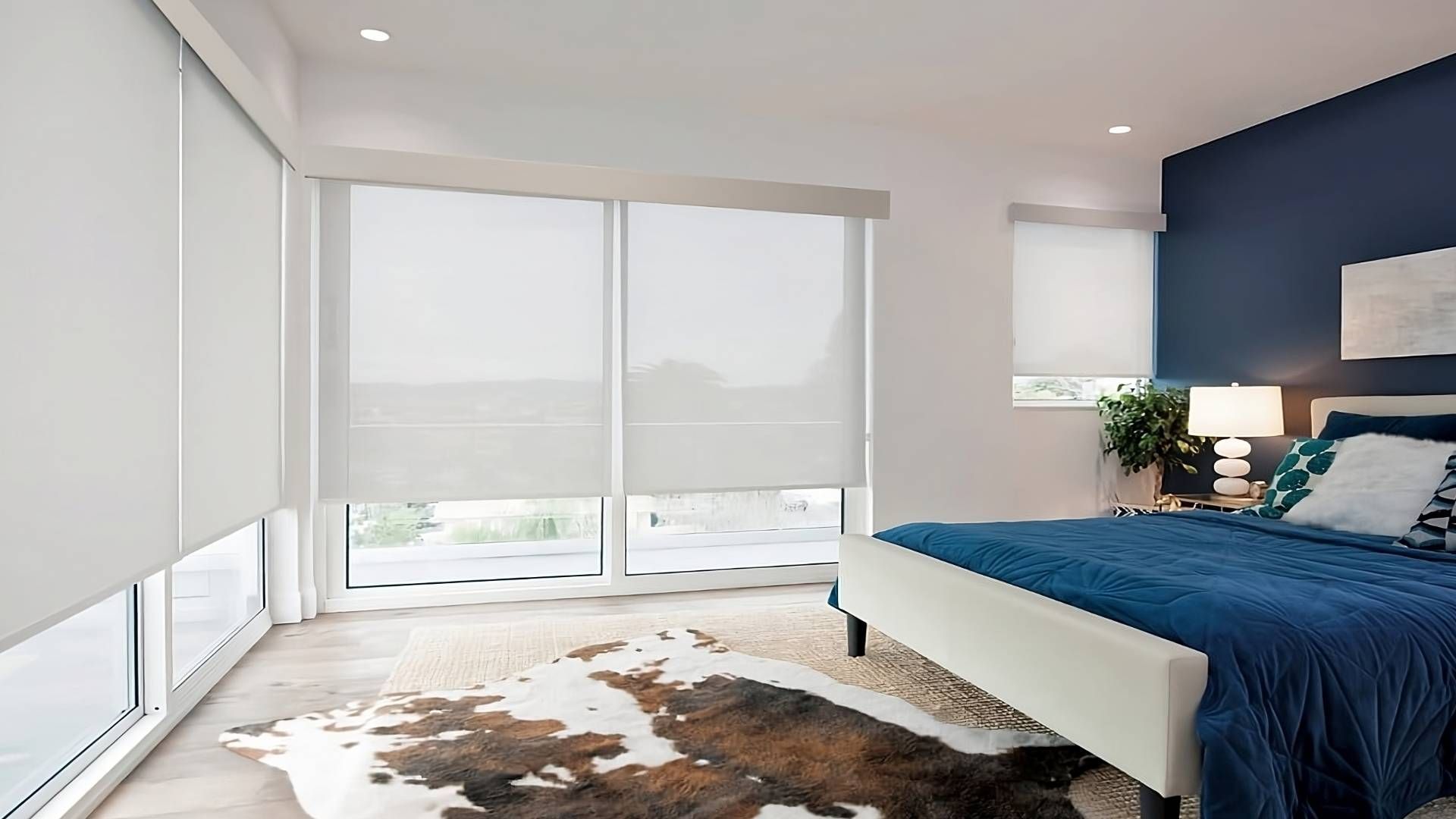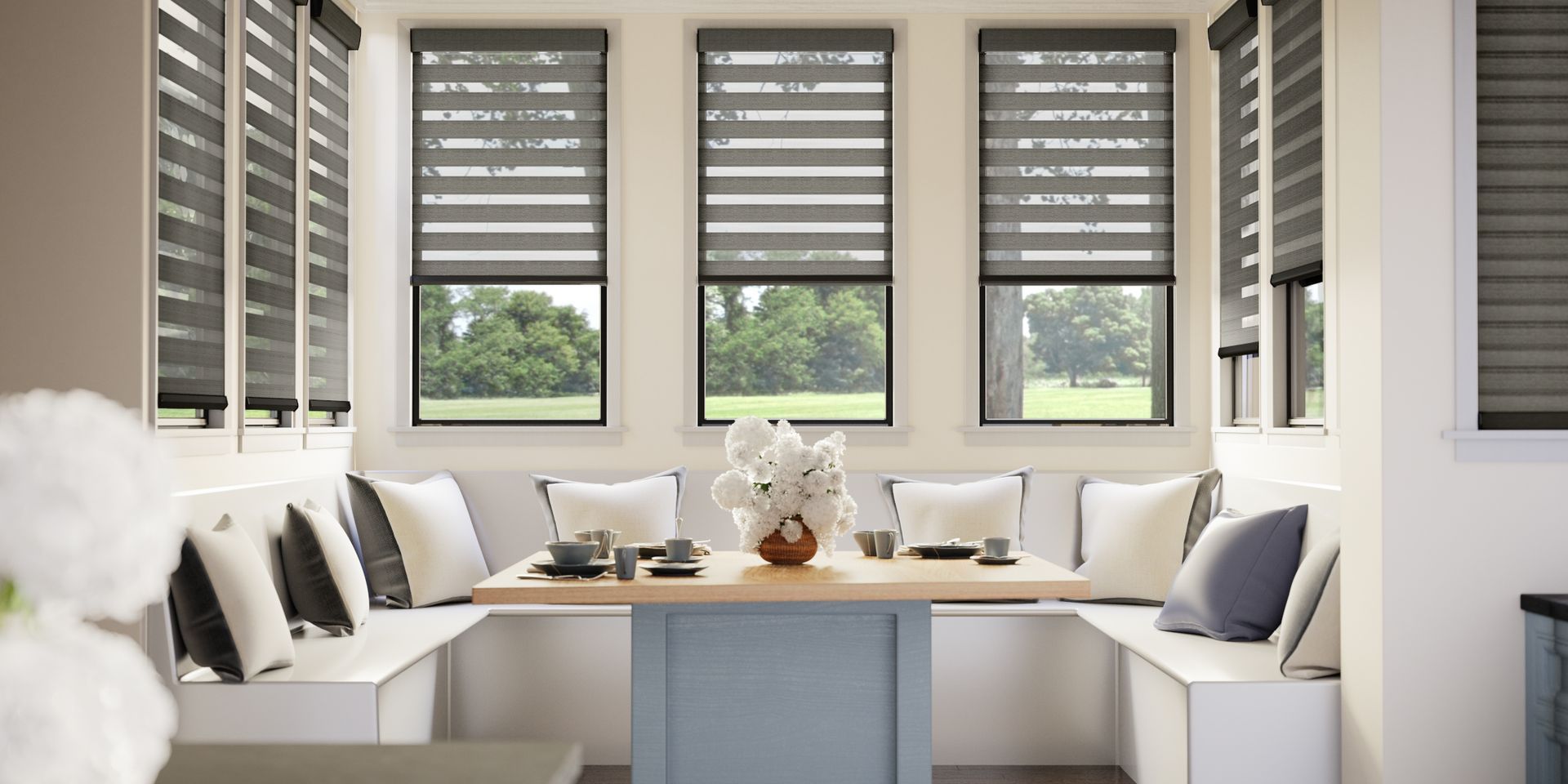LOVE IS BLINDS
How to Mix and Match Window Treatments Without Clashing
TLDR;
To mix and match
window treatments without clashing, keep a consistent color palette, choose complementary textures, and layer for both style and function. Match hardware finishes, consider the room’s purpose, and ensure each treatment works together visually from inside and outside the home. Shop Love Is Blinds recommends starting with a base layer, adding a functional shade, and finishing with a decorative touch.
Why Window Treatment Harmony Matters
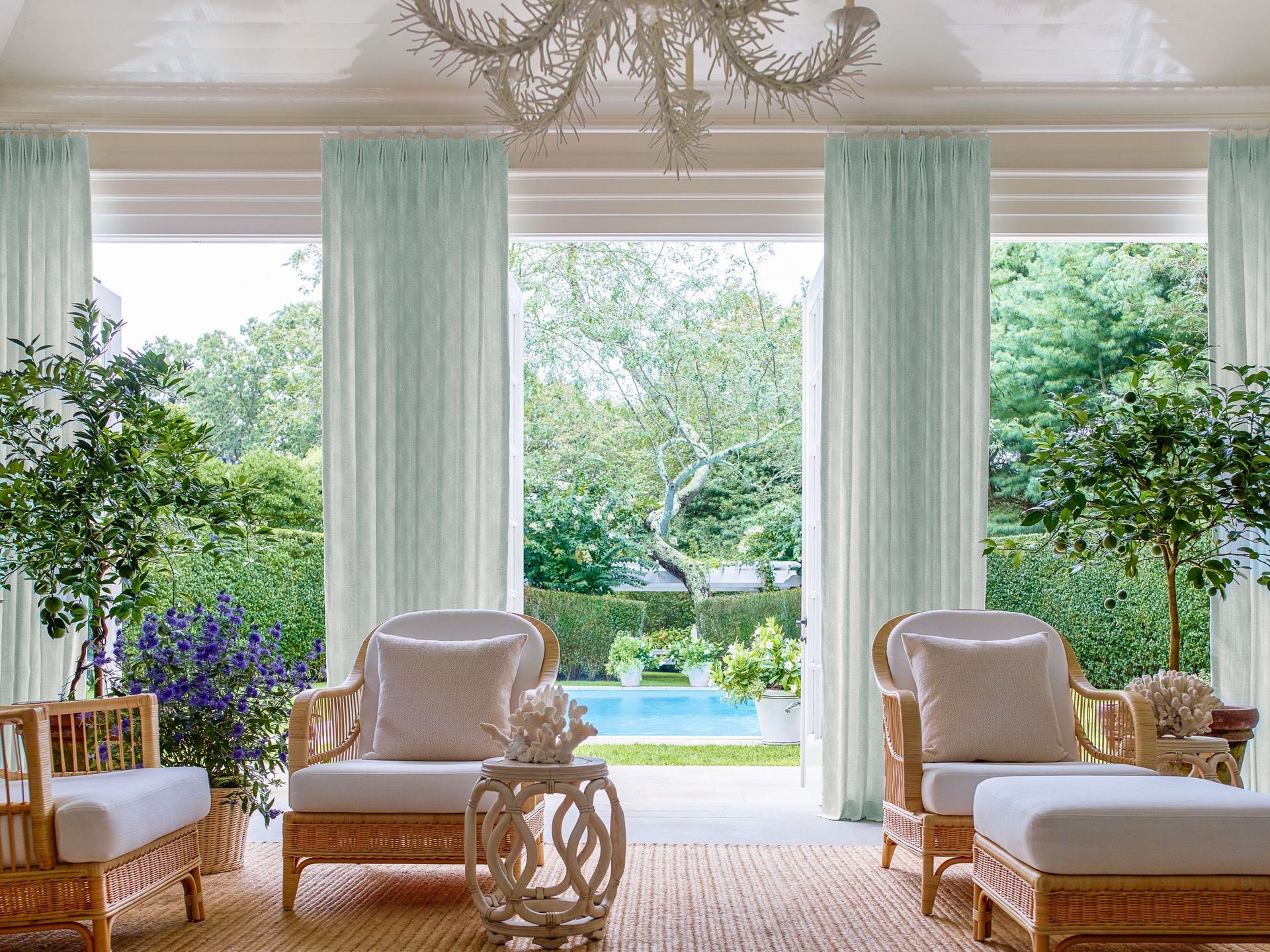
Window treatments dominate a room’s vertical space. If they clash, the entire space feels off-balance. Harmony in colors, patterns, textures, and materials creates visual flow. When done right, mixed treatments enhance function, control light, and elevate design. Shop Love Is Blinds sees this approach transform spaces daily.
Understanding Different Window Treatments and Their Roles

Choosing the right combination of curtains, shades, and architectural elements starts with understanding how each layer functions. Whether you're prioritizing privacy, insulation, or pure style, opting for versatile window treatments makes the layering process easier and more cohesive.
These flexible options can serve as a strong foundation, blending with seasonal accents, adapting to different room functions, and supporting both functional and decorative layers with ease.
Curtains and Drapes
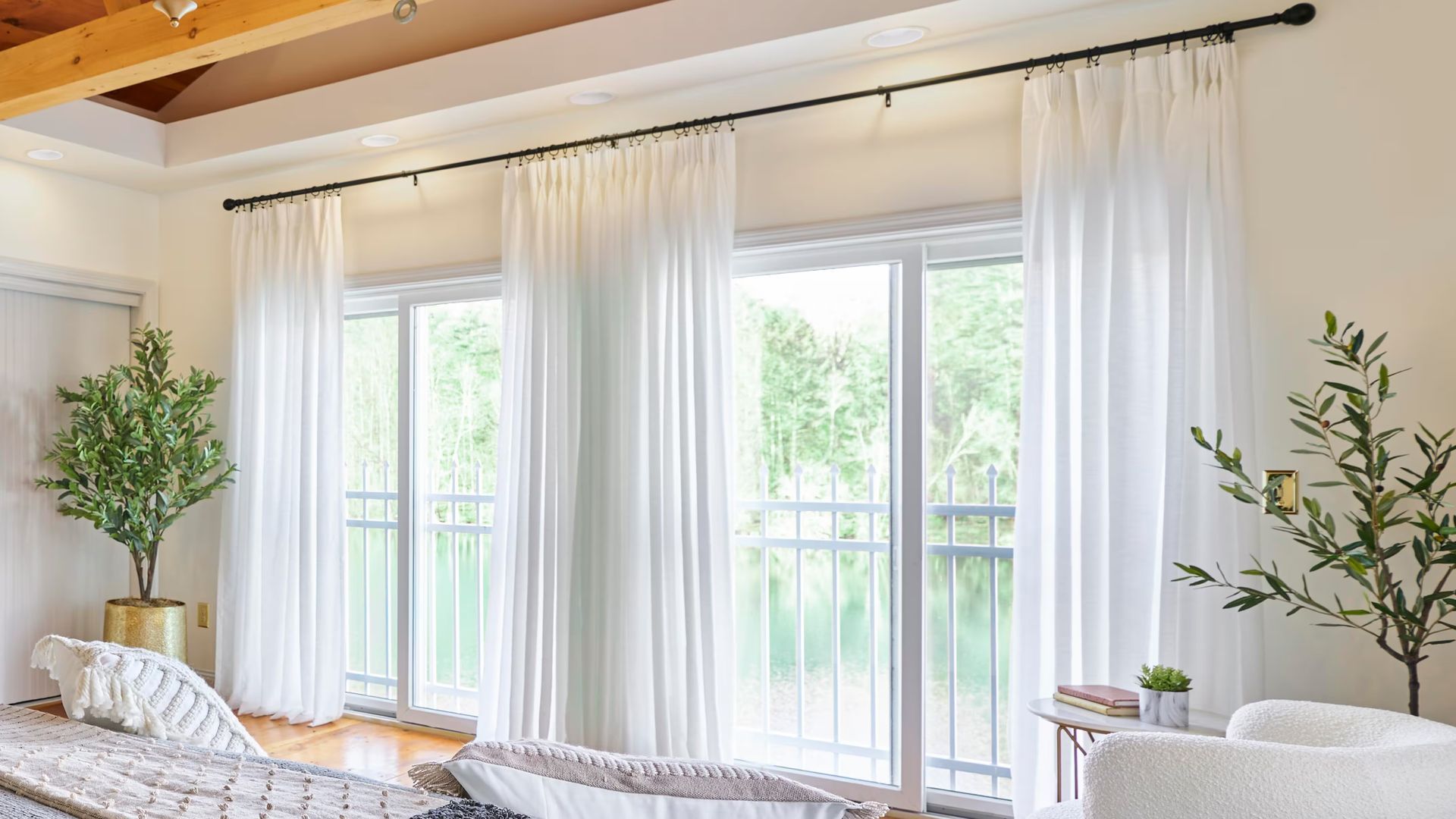
- Provide softness and height to a room
- Can be sheer, light-filtering, or blackout
- Ideal for adding color or pattern without changing the base shade
Blinds and Shades
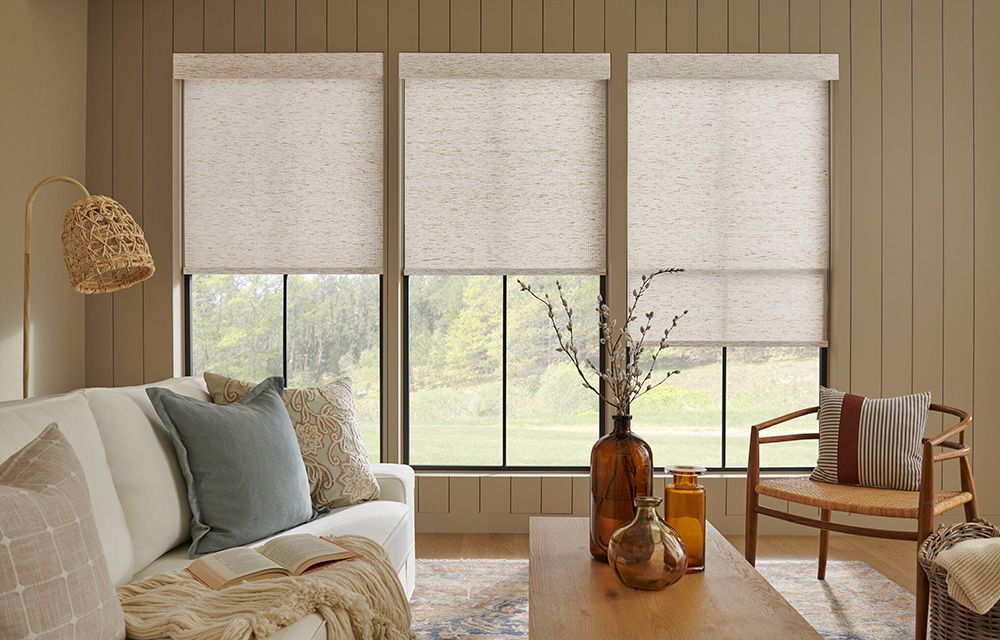
- Offer precision light control and privacy
- Come in wood,
faux wood, aluminum, or fabric
- Work well as a functional base layer beneath decorative panels
Sheers, Valances, and Cornices
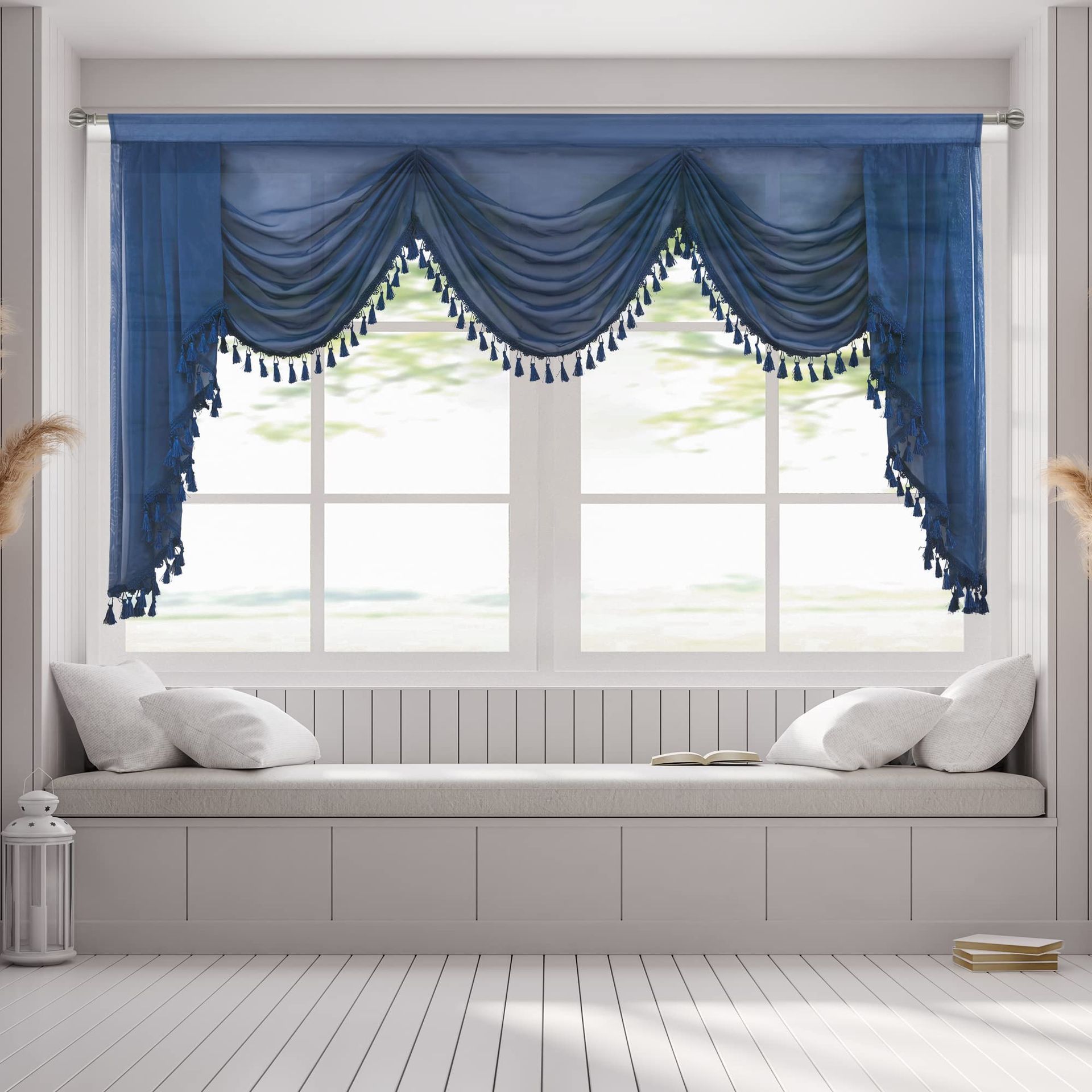
- Sheers diffuse harsh light and add a soft texture
- Valances hide hardware and frame the window top
- Cornices provide a structured architectural finish
Shutters and Architectural Treatments
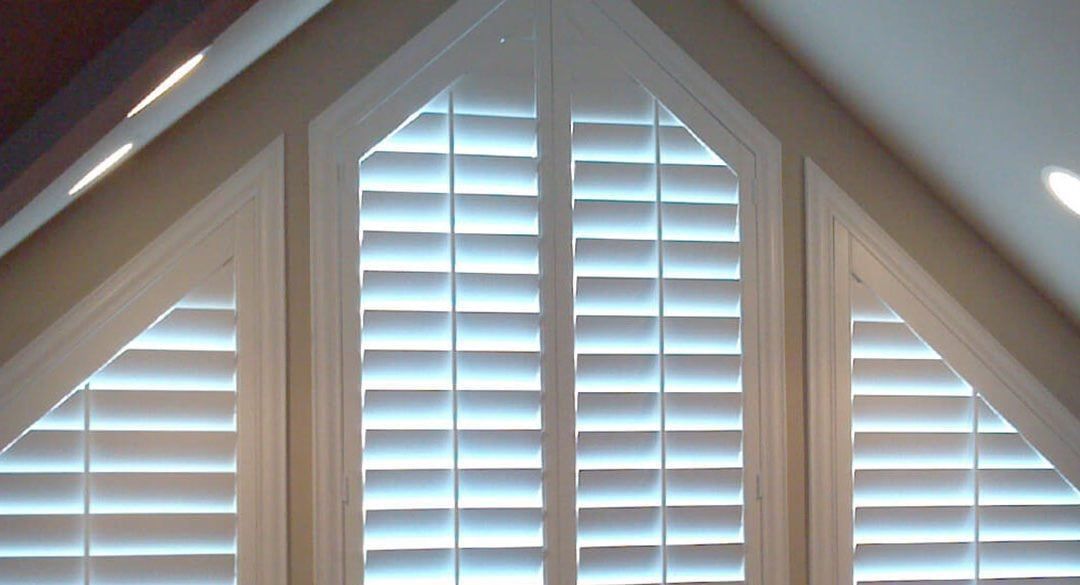
- Add timeless style and insulation benefits
- Great for rooms needing privacy without heavy drapery
- Can be paired with soft treatments for balance
Core Design Principles for Mixing and Matching
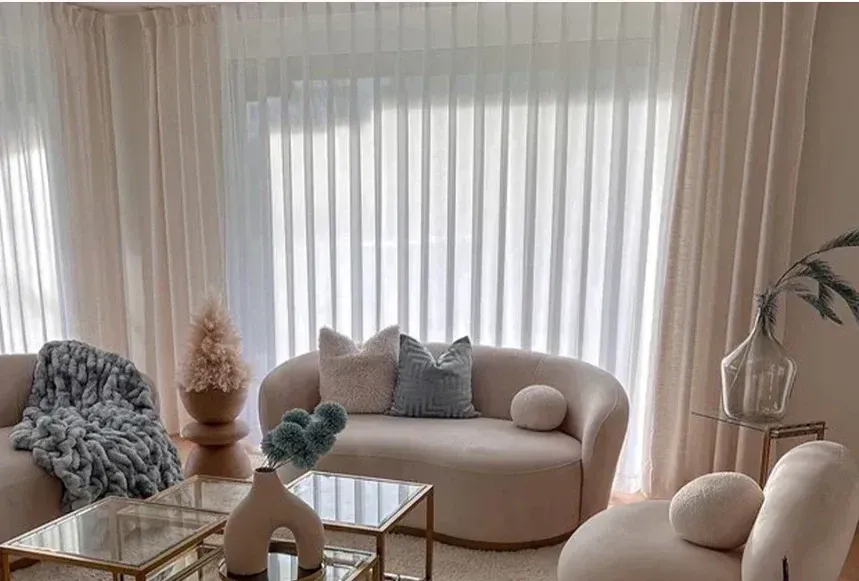
Color Palette Coordination
- Pick 2 to 3 dominant colors and repeat them across treatments
- If mixing patterns, share at least one color to tie them together
Texture Contrast
- Pair smooth shades with textured drapes
- Combine matte finishes with subtle sheen for depth
Pattern Scale and Harmony
- Use one bold pattern and one subtle or solid design
- Vary the pattern scale so they don’t compete visually
Common Thread Principle
- Find one unifying element: color, texture, or motif
Step-by-Step Layering Strategies
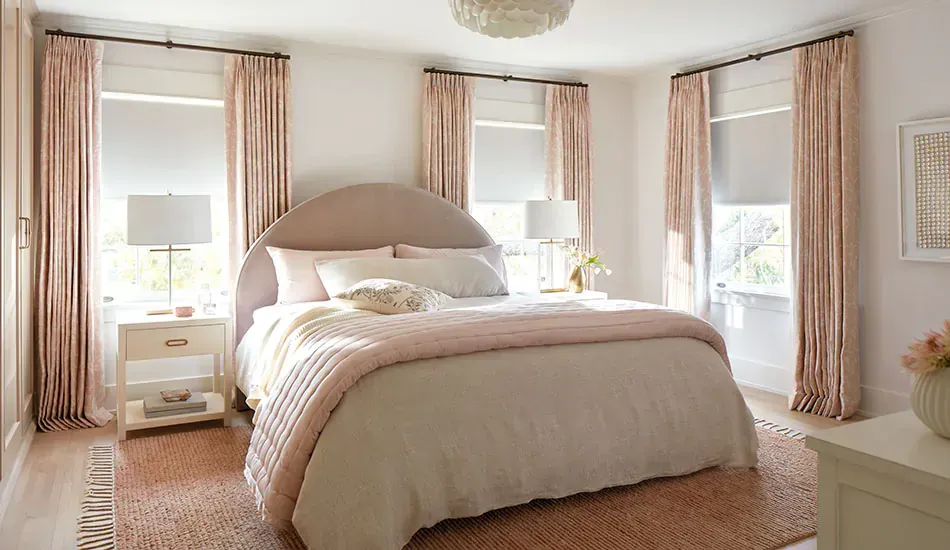
Step 1: Choose the Base Layer
- Start with a functional piece like a roller shade, cellular shade, or blinds
- Prioritize privacy and light control here
Step 2: Add a Functional Mid-Layer
- Blackout shade for bedrooms
- Solar shade for living rooms with glare
- Roman shade for kitchens needing easy operation
Step 3: Finish with a Decorative Layer
- Floor-length drapery panels
- Patterned valance
- Decorative cornice
Room-by-Room Pairing Ideas
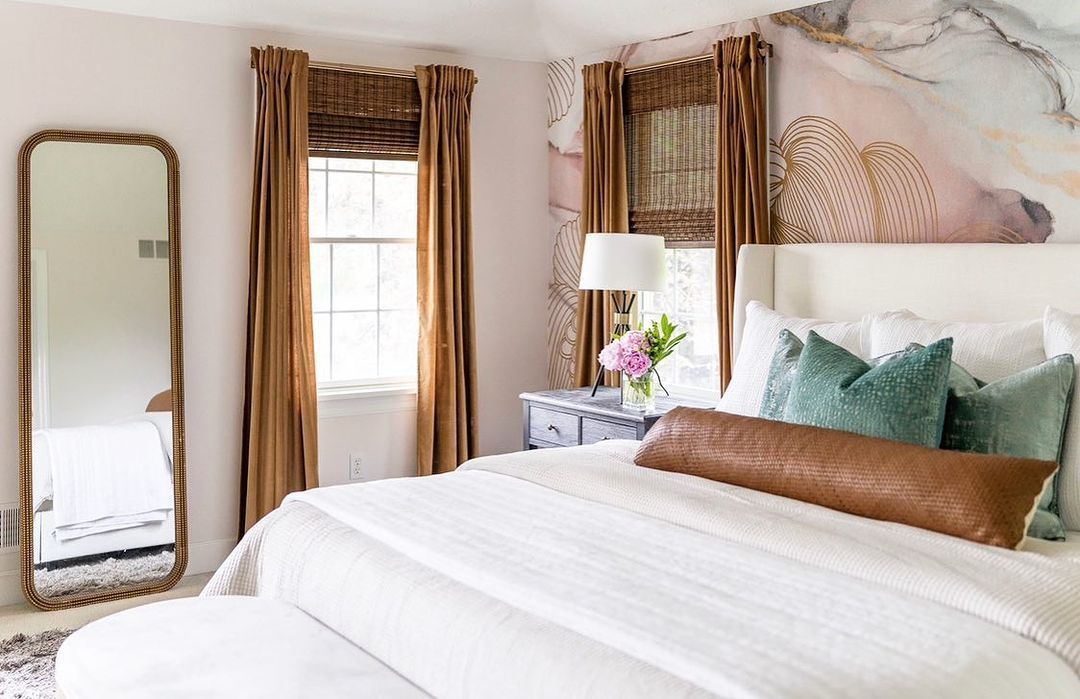
Bedroom Combinations
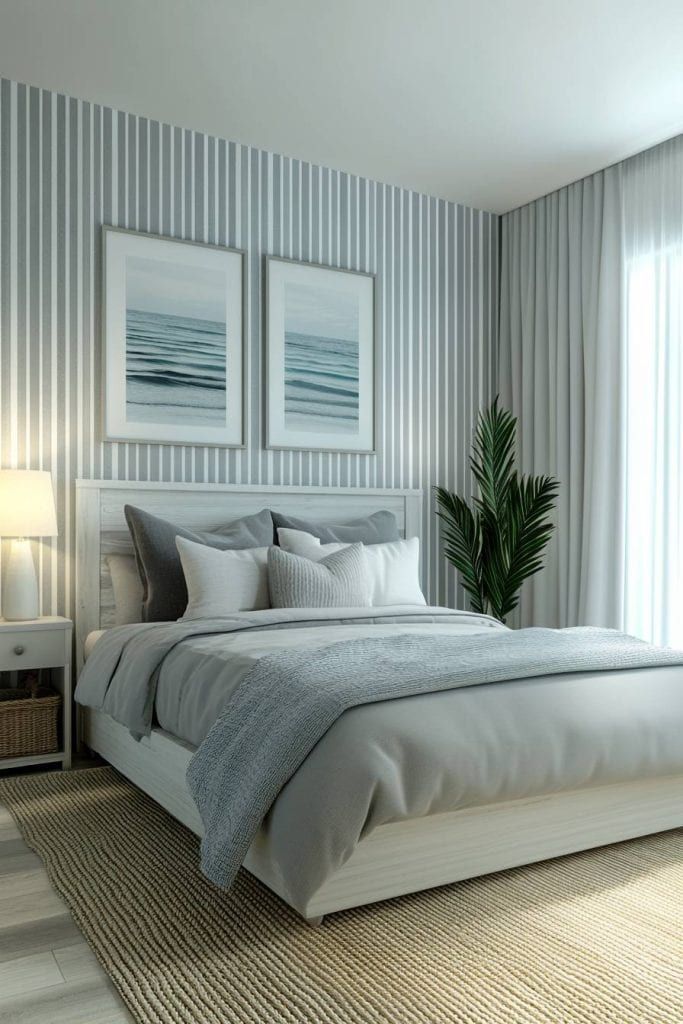
- Blackout
roller shade with sheer curtains for flexibility
- Soft drapes paired with cellular shades for energy savings
Living Room Layers
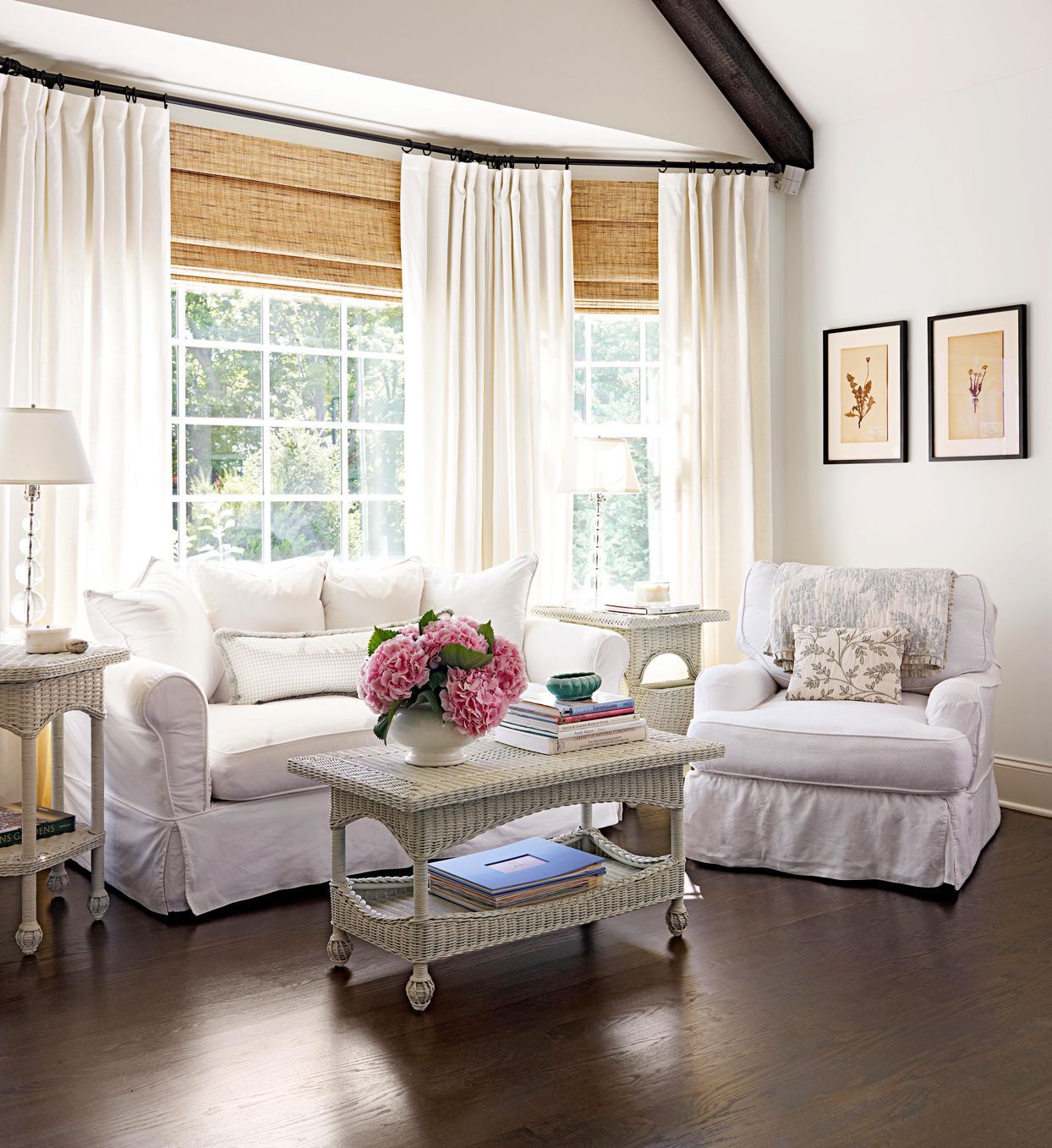
- Solar shades with patterned drapery for style and glare control
- Sheer panels over blinds for filtered light
Kitchen Treatments
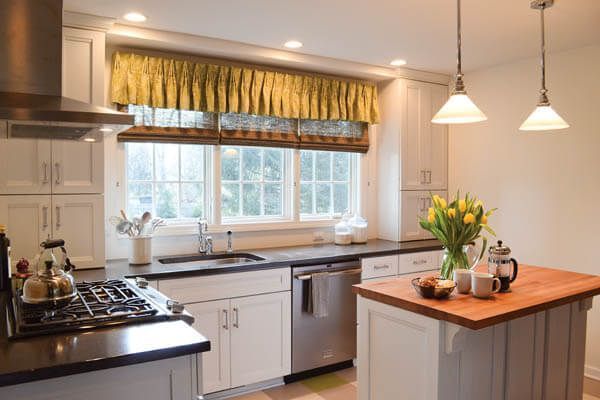
- Faux wood blinds with a patterned valance for moisture resistance
- Roller shade with café curtains for charm and function
Home Office Solutions
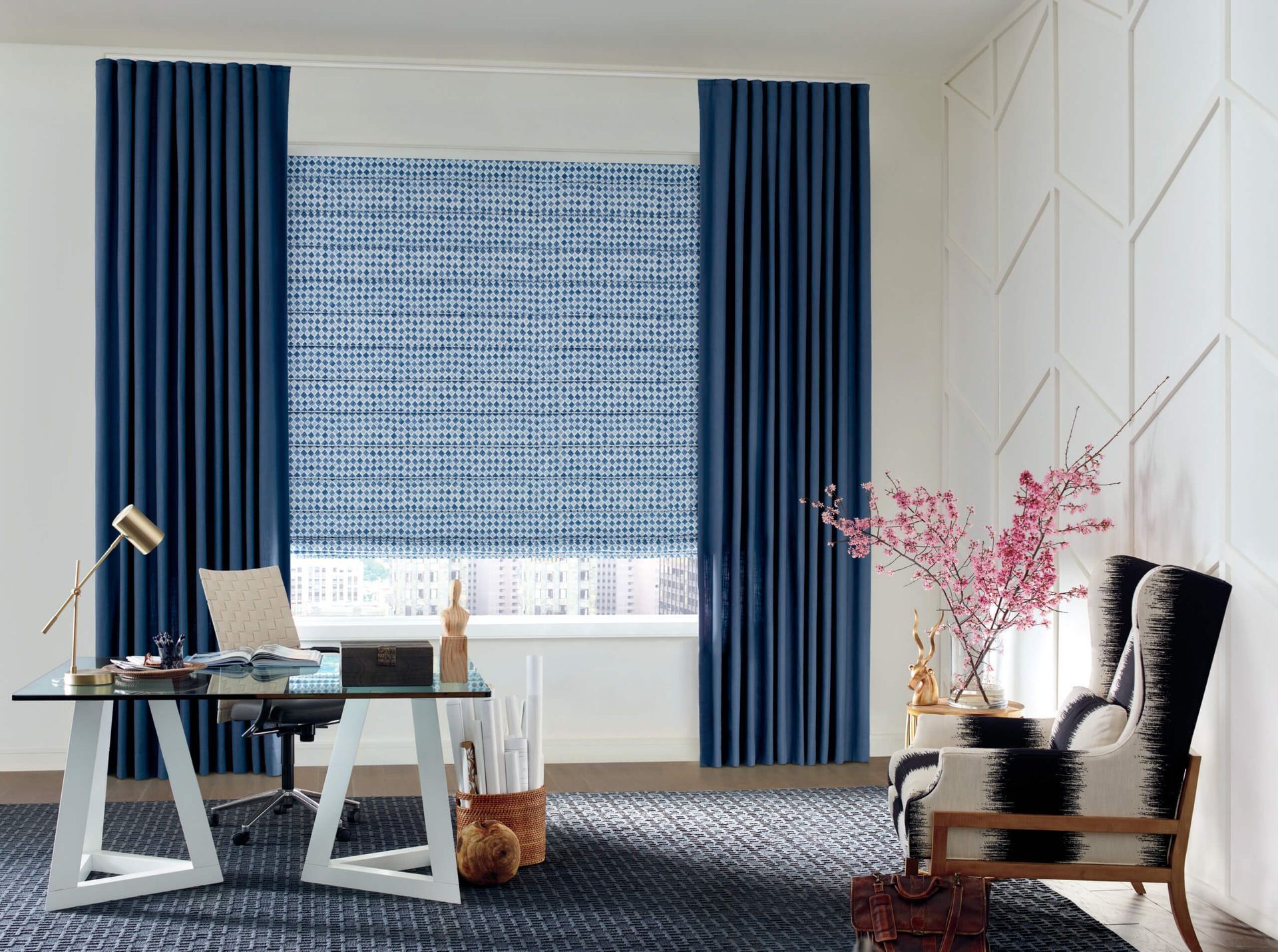
- Light-filtering shades with tailored drapes for focus
- Neutral blinds with bold side panels for personality
Considering Exterior Views and Curb Appeal
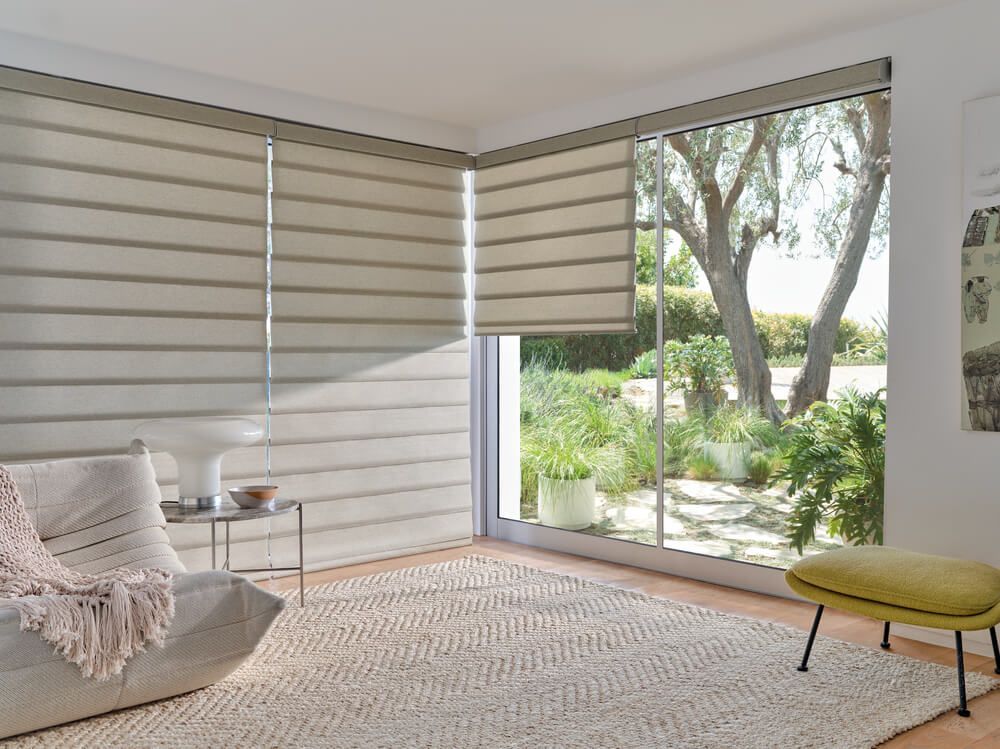
- Keep treatments consistent from the outside
- Use similar colors for all street-facing windows
- Coordinate exterior look while varying interior layers for each room
Seasonal Adaptability
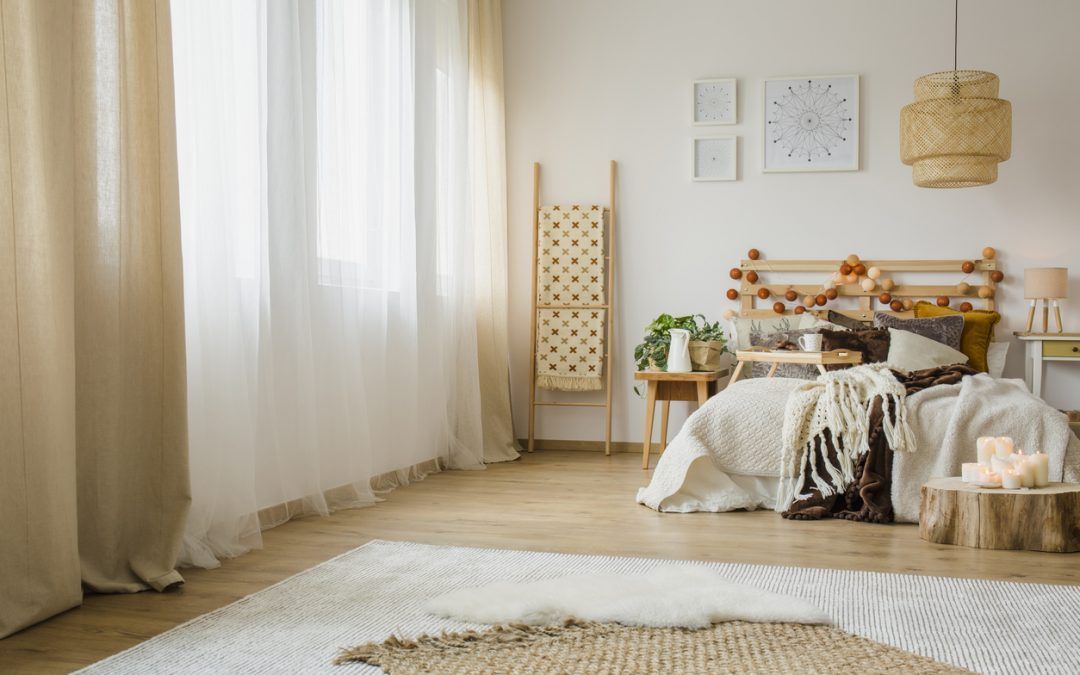
- Swap heavier drapes for lighter fabrics in summer
- Use thermal-lined treatments in winter for insulation
- Keep neutral base treatments so seasonal layers blend easily
Avoiding Common Mistakes
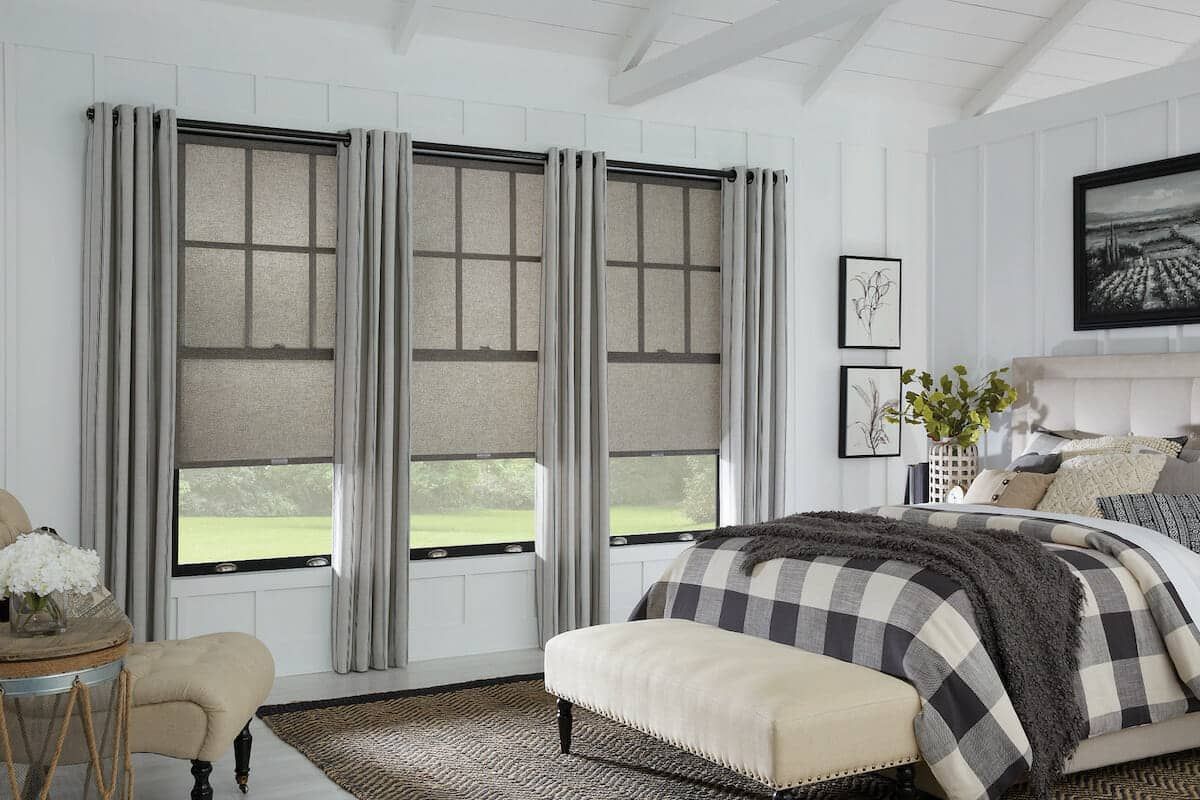
Overcrowding the Window
- Limit layers to three maximum
- Each layer should have a clear role
Ignoring Hardware Coordination
- Match curtain rods, rings, and brackets in finish and style
- Avoid mixing shiny brass with matte black unless intentional
Pattern Clashes
- Do not mix two bold prints of the same scale
- Anchor one treatment in a solid color to balance visual weight
Wrong Proportions
- Curtains should touch the floor or hover slightly above
- Shades should fit within the window frame cleanly
Advanced Styling Techniques from Shop Love Is Blinds
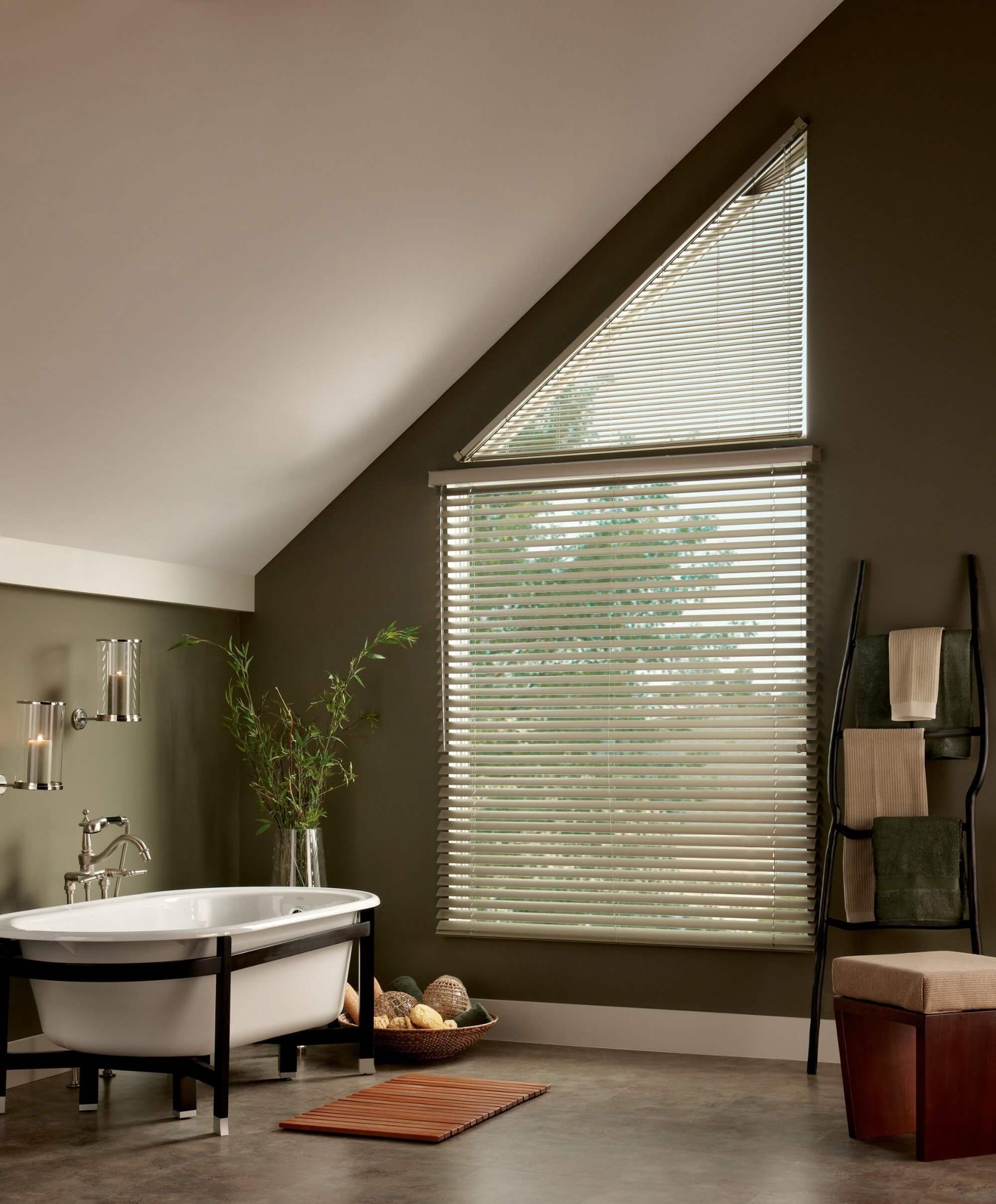
Use Architectural Elements for Cohesion
- Cornices to unify multiple windows
- Matching valances across a room
Repeat Textiles Across Frames
- Use the same fabric for drapes and accent pillows
- Coordinate Roman shade fabric with upholstered seating
Link Patterns Through Small Accents
- Pull a stripe from a curtain into a throw blanket
- Repeat a floral motif from a valance in artwork
Sustainable Fabric Choices
- Organic cotton, bamboo, or recycled polyester
- Longevity-focused selections reduce waste and maintain style
Practical Checklist for Your Space
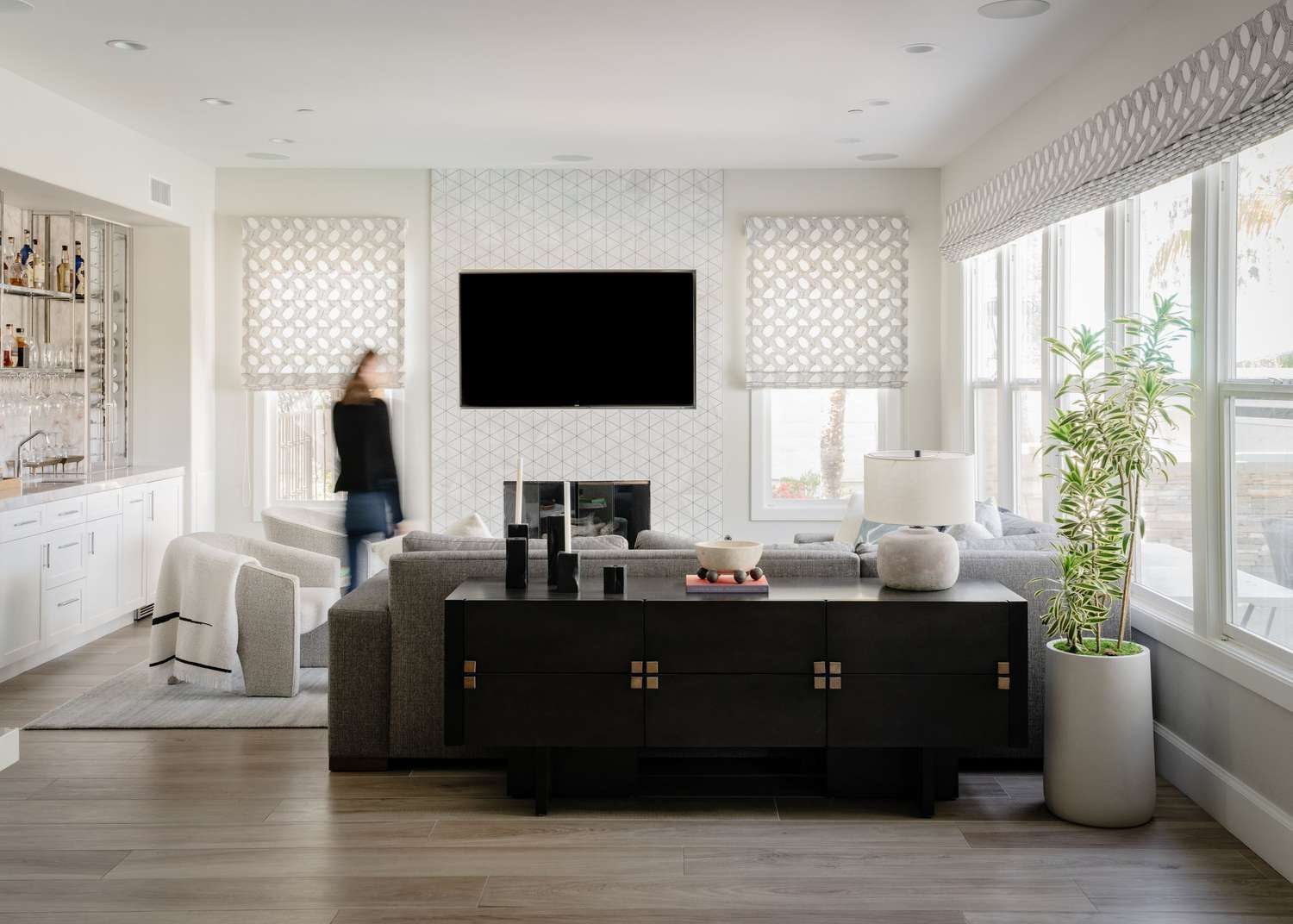
- Identify room purpose before selecting treatments
- Choose a consistent color palette
- Layer for both function and style
- Match visible hardware finishes
- Keep exterior appearance cohesive
- Adjust layers seasonally for comfort and efficiency
Building Confidence in Your Choices
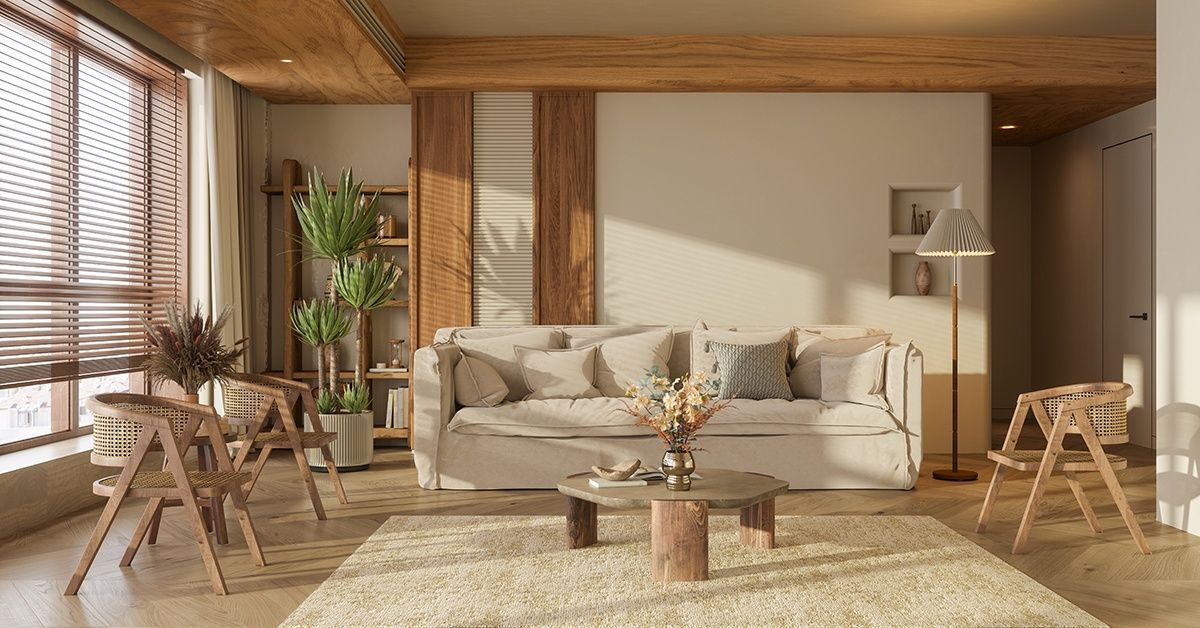
Shop Love Is Blinds works with homeowners and businesses to achieve this balance daily. Whether you need a simple refresh or a full redesign, following these principles prevents clashing while giving your windows a polished, purposeful look. Consistent color, functional layering, and attention to proportion ensure mixed treatments look intentional and refined.
Need to setup a Repair Appointment?

